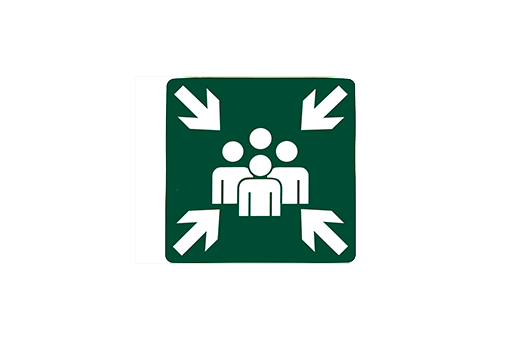The Role of a Website in B2B

What is the role of a website in B2B? Even if your business has been spotted at a trade show, potential customers are interested in it by word of mouth or recommendation, they are likely going to visit your website for more information.
The Role of the Website in B2B

A B2B website is the digital storefront for your business. It is the easiest and most effective way to present your company’s products and services to prospective customers.
This type of website gives you the opportunity to explain the value proposition and highlight the business benefits.
A B2B website aims to generate leads (read our definition of B2B lead generation).
In B2B, a whole series of stakeholders are involved in decision-making. These may be directors who will make the final investment decision or end users. So for your B2B website to be effective, it needs to target all stakeholders.
Limitations of a B2B Website
B2B sales, qualified as “complex”, are carried out face-to-face in most cases, speaking directly with customers and establishing a solid relationship with them.
These types of sales generally have a much longer purchase journey than B2C sales. Each decision involves much more effort, which lengthens the entire process and can take months or even years.
Therefore, the website will not be the central element of the negotiation, but it will remain a reference point for future customers. Where they can constantly find information about your products and learn more about your brand.
Trends and Innovations
It is important for your website must meet the needs of your audience to solve their problems (or satisfy their wishes).
Your site and theme should be clear, even to someone who knows nothing about your offerings or your company. Your website should also be made up of interesting and relevant content.
Aesthetics is certainly important for the comfort of your visitors, but don’t forget that a good website always starts with its content.
Offering fast response times and fluid views on your site, such as Google favours websites that are fast and optimised for reading on mobile devices.
In short, the old method of creating websites and managing their content through tools called content management systems (CMS) is disappearing. Today, it has evolved into a new approach called digital experience through a tool called DXP (Digital Experience Platform).
Tools and Methods
Inbound marketing is the opposite approach to traditional marketing. It is based on the offer that arouses interest in the customer and not the other way around.
Thanks to inbound marketing, the conversion funnel consists of first attracting quality traffic through your website or blog. Subsequently, convert visitors into qualified leads by encouraging them to download or view your content, or contact you.
The conclusion of the leads, that is, their transformation into clients, is carried out using lead scoring, marketing automation and lead nurturing techniques.
A blog is a good means of voicing one’s business expertise and visions. That said, who will be the individual producing content for that blog?
The more a company is able to mobilise its internal skills in B2B to demonstrate its skills through its content, the better!
As a result, creating a collaborative blog for a larger company will be easier than for a small company, since there is a larger number of potential contributors available.
All about the B2B Website
- What is a good website?
- The complete guide to B2B website SEO
- 26 golden rules for online marketing



